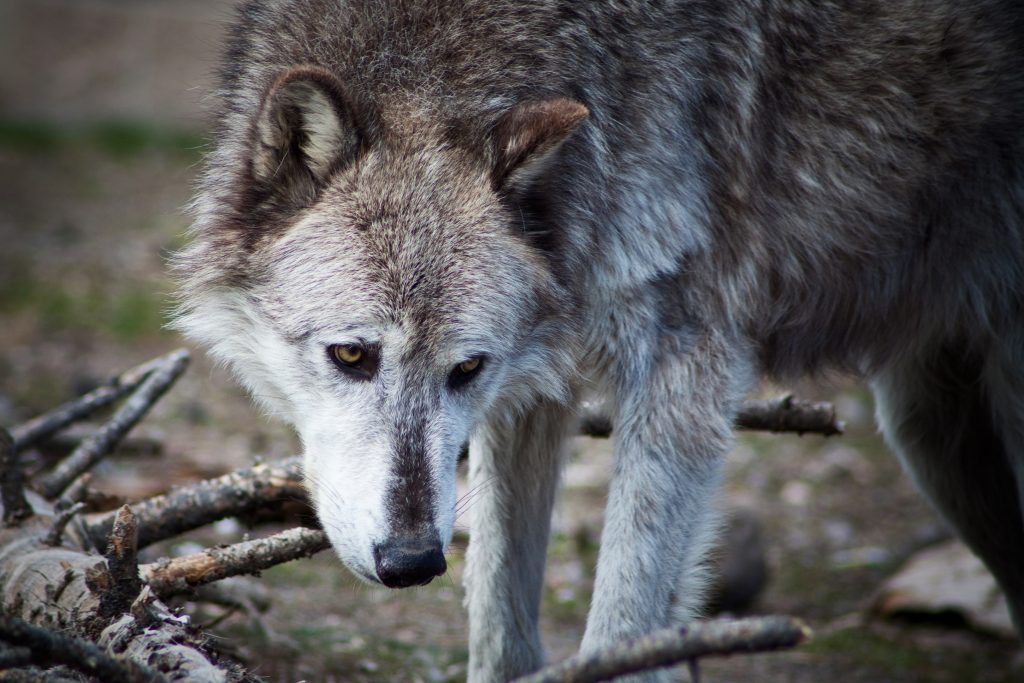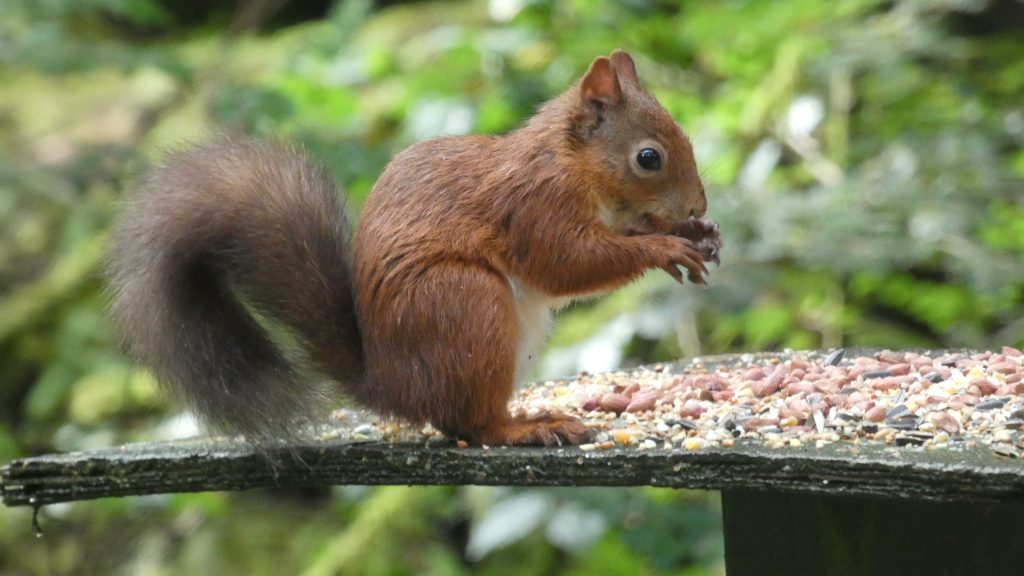Koalas are often listed as one of the most popular animals worldwide. Living only in Australia, most of us are not going to see them in their natural setting.
Increasingly it is looking like, no one will see them in their natural setting unless you are travelling to Australia soon.
A mix of droughts, heatwaves and bushfires have all contributed to deal this huge blow to this unique species.
There are now estimated to be just 58,000 wild koalas, down for 80,000 in 2018. Another problem occurs when developers clear land to build a property – which is continuing to occur in Koala habitat.
Earlier this year, Australia announced that it was considering listing the East coast koala as endangered. With a precipitous fall in population like this, it seems odd that there is any decision to be made – of course the Koala is endangered, and if the government is considering listing a particular subspecies as endangered it must be very bad.
Estimates as high as 1 billion are quoted for the number of animals killed in the fires.


